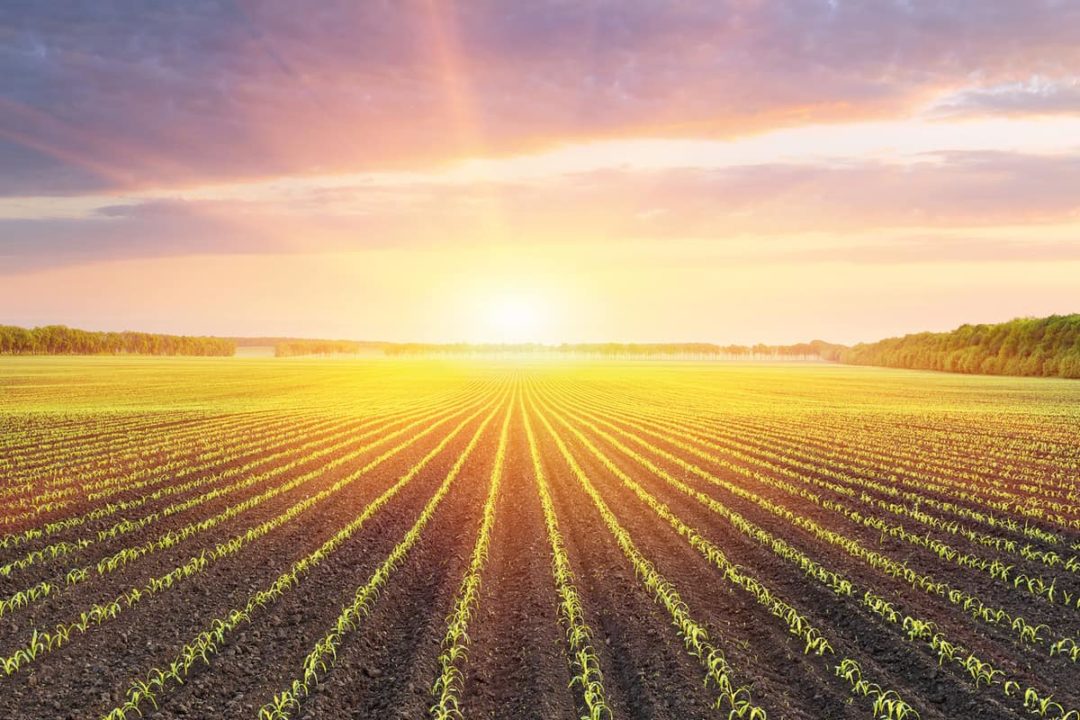Edited by Maggie Jaqua
One year ago on the pages of this magazine, experts stressed why it is critical that the world makes a shift to regenerative agriculture—and that we do so immediately. In an article titled Regenerative Agriculture: 25 Things to Know Now, Dave Herring, Executive Director of Wolfe’s Neck Center for Agriculture and the Environment, cautioned, “We stand at a critical juncture in human history, a crossroads where collectively we must make decisions that head us down a path towards planetary jeopardy or revitalization. Earth’s resilience depends on the immediate action taken to reverse the long-ranging effects of climate change. Farming can and must play a role in the fight against climate change.”
Now here we are, 12 months later, facing the same critical challenges, and new ones that greatly increase the urgency. We invited industry leaders to update us on issues and opportunities related to regenerative agriculture. Here, they tell us what we need to know now.
How to Stop Pandemics and Love the Riot By Tom Newmark, Chairman, The Carbon Underground
“Deforestation and intensive agriculture may strip out traditional agroforestry’s stochastic friction, which typically keeps the virus from lining up enough transmission.” Dr. Rob Wallace, Big Farms Make Big Flu
Stochastic friction? That’s a fancy term for the randomized chaos of a natural ecosystem, or what Charles Darwin described as the “riot” of life in the neotropical rainforest. And whether in a prairie or jungle, that “riot” is a biological obstacle course that makes it extremely difficult for a virus to break out and jump to other species, such as humans.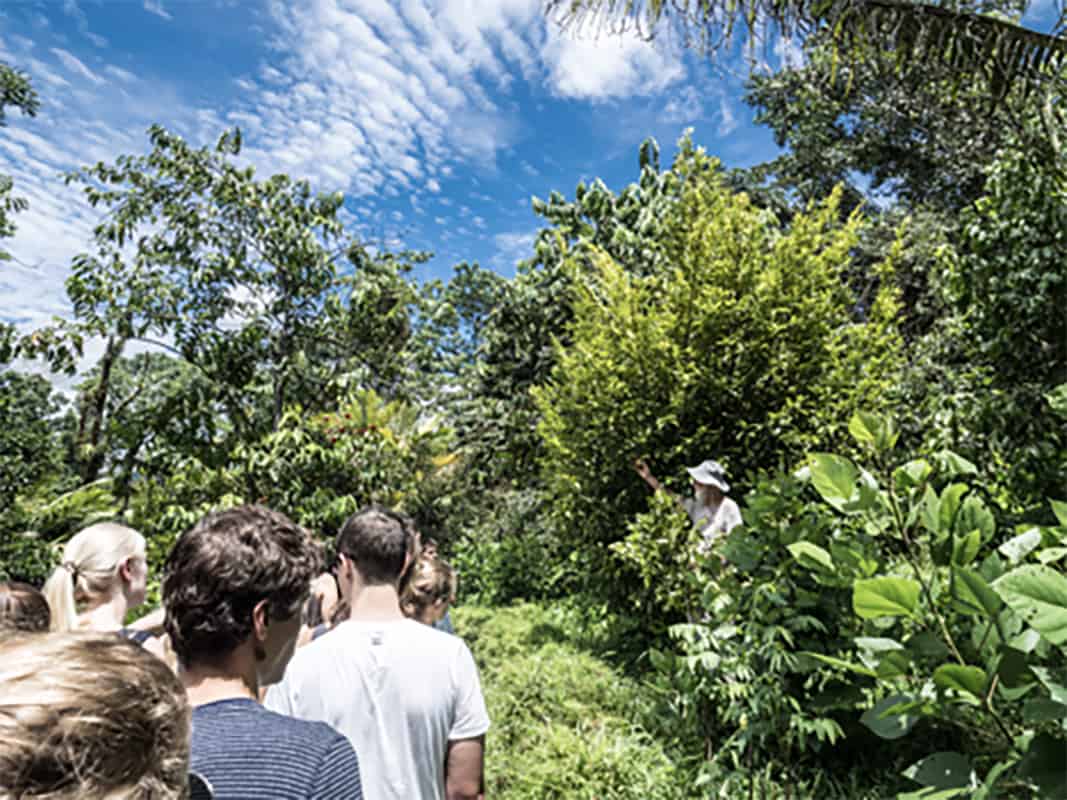
But as Dr. Rob Wallace and others have pointed out, modern agriculture is the opposite of stochastic. With its uniform rows of monoculture grains, produce, bushes, and trees, we’ve engineered out complexity in order to simplify weed control, fertilization, and harvesting. In such a dummied-down landscape, there’s less sunlight harvested, less overall productivity, less complexity and abundance in below- and above-ground organisms, and less food and habitat for birds and mammals. The simplicity and ecological impoverishment of modern farming in turn makes it way too easy for pathogens to reach escape velocity. It’s now far too easy for pathogens to make the “breakout” leap to humans, whereas in times past pathogens had the near impossible task of successfully infecting multiple species before reaching humankind. The challenging obstacle course presented by the riot of Mother Nature has been beaten into a playground slide. As biodiversity decreases and wild spaces vanish, pathogens now race through plant rows like electric current, putting humans and other species at risk.
That’s the extremely bad news. The good news is we can grow abundant and nutritious food without sacrificing biodiversity. In fact, with regenerative agriculture diversity is our ally—we design for complexity, inviting above and below ground biodiversity back into our growing systems.
As regenerative systems mature, research confirms that “stochastic friction” returns quickly. For example, the University of Minnesota created a “Big” Biodiversity Experiment in 1994, where varying numbers of perennial grassland species were planted across 168 plots. Scientists have annually tested these plots since 1996, and the plots with greater initial biodiversity had, over time, greater plant productivity, increased mycorrhizal fungi, greater insect diversity, and decreased fungal pathogens. In Kenya, holistic livestock management dramatically increased goat milk production and doubled wildlife. In Mexico, holistic grazing results in greater profitability for the ranchers and far greater earthworm populations. At cooperative spice farms in India, agronomists know how to check if the farmers are using best ecological practices: They “ask the insects.” The Audubon Society is now certifying ranchers and farmers who, through regenerative practices, are restoring habitat and bringing back wild bird populations. Bird populations have been observed to be up to 4.5x greater with holistic management.
As the monoculture madness of modern agriculture is the recognized breeding grounding of pandemics, here’s my sincere conjecture: Might increased biodiversity, achieved through regenerative agriculture, restore enough stochastic friction to reduce the likelihood of future pandemics?
We better hope so. And The Carbon Underground is working with corporations and countries to bring about this revival of biodiversity. We are also collaborating with Green America and others in creating the Soil Carbon Index (“SCI”), a regenerative standard now being field tested in multiple U.S. locations.
In every way possible, we’re working to bring back the riot!
The Promise of the “People Part” of Regenerative Agriculture By Bethany Davis, Director of Advocacy, Impact & Government Relations, MegaFood
Corn and soy.I’m in upstate New York at the moment, on my way through the midwest out to Colorado with my friend. This morning we started driving on Rt. 90 again and saw the sun coming up over hundreds of acres of farms.
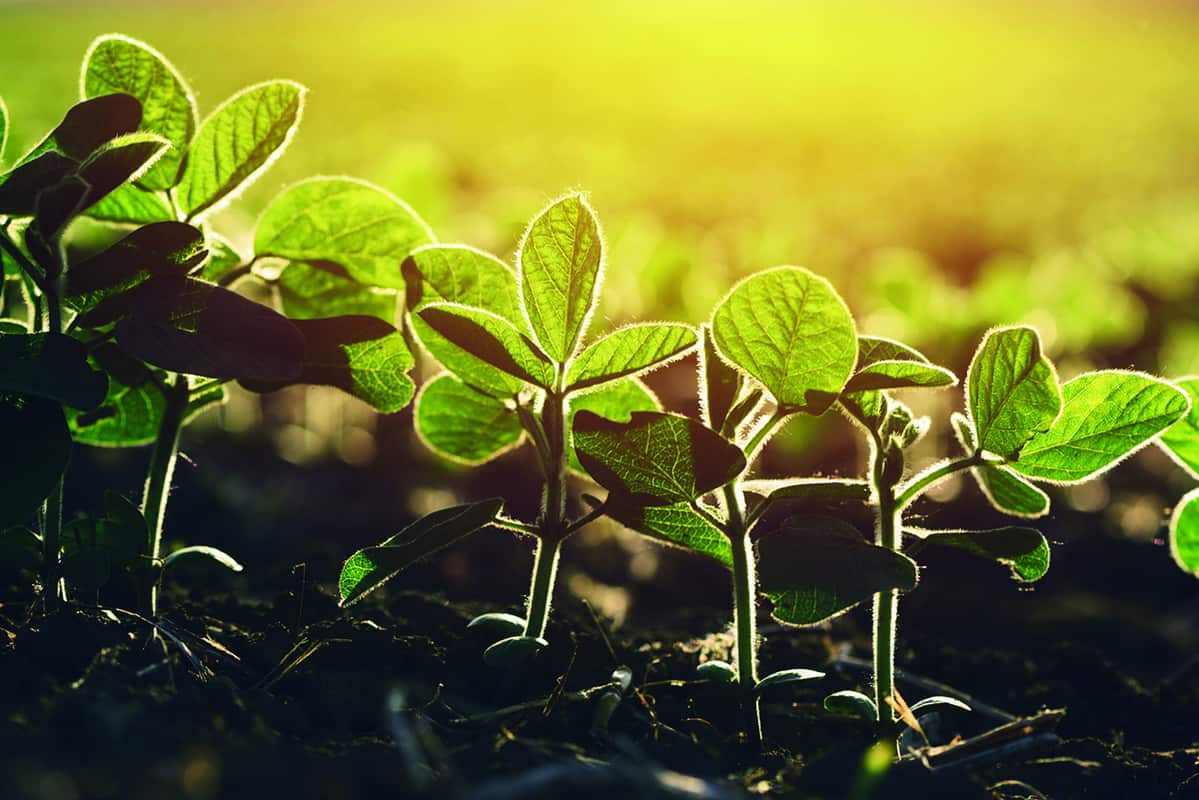
“It’s beautiful,” he said, and we paused to take in the orange sky, red barn and vast spread of short green plants growing.
“That’s soy,” I said. I remember the first time I learned to identify soybean acres from the highway, several years ago on a farm road trip I took with some industry colleagues. We drove around the country interviewing farmers and learning about conventional agriculture and challenges that small family farms face. We traveled to small veggie farms, family dairies and emergent regenerative farms all across the midwest. What did we see for essentially the entire stretch of the drives between these points of agricultural interest? Corn and soy. Hours and hours of it.
Three years later, I’m on the road again for different reasons. One of the primary reasons is that I haven’t been out of my town in about six months due to COVID-19. The same staggering issues of resources, scale, subsidies, drought, and the mass production of low cost foods (through concerning measures) still exist for farmers. MegaFood, the company for which I have worked for almost 10 years, has been dutifully doing our part to spread the message of Regenerative Agriculture through our own supply chains and within the industry at large. Now there is an additional complication affecting our farmers and the global supply chain: COVID-19.
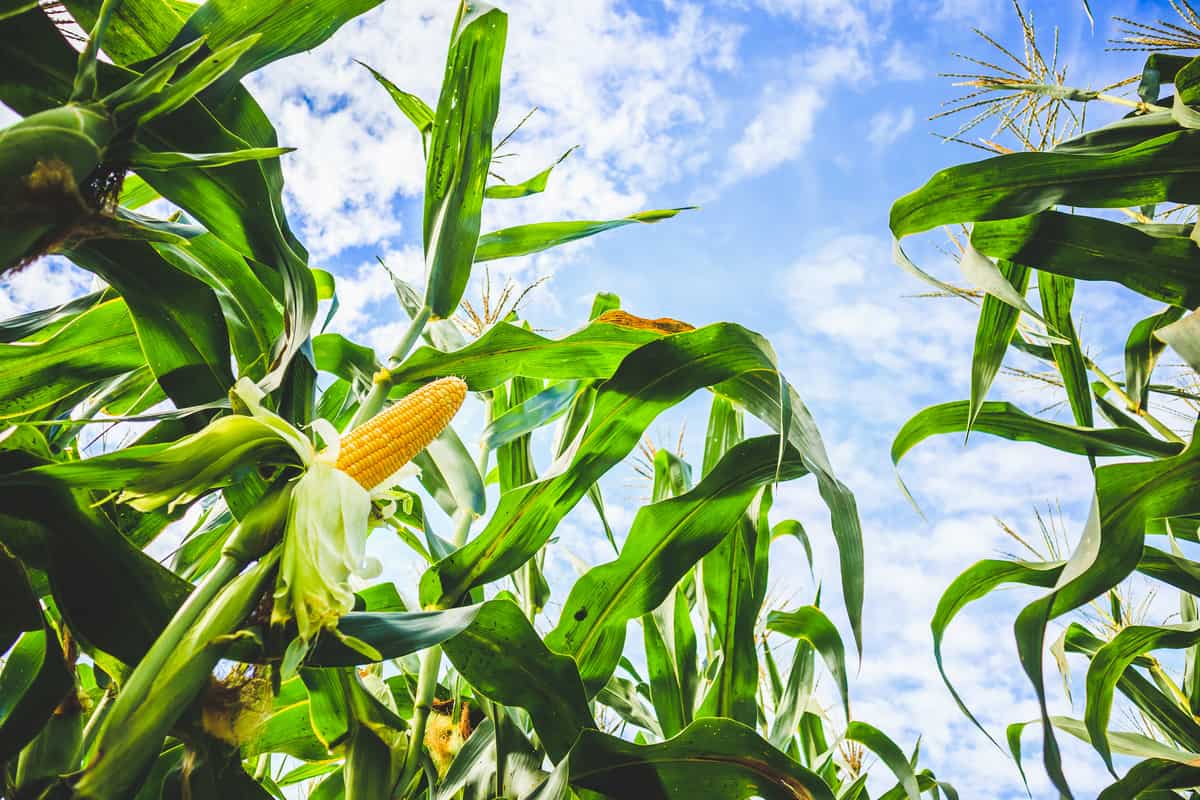
Depending on who you are, what you grow, and to whom you sell your wares, COVID has either been a boon or a blight. For farmers that grow and sell a variety of crops and already offer CSAs: You are sold out, potentially looking to use every last corner of your land to expand. Local people, out of work, are now looking for jobs planting and harvesting on your farm. Your business is more supported than ever and everything you’re growing this year is already bought: an ideally secure situation for a farmer.
If you are, say, a larger farm that mass produces one or a couple of crops (see: zucchini and summer squash in Florida) you may have had giant piles of harvested crops going to rot because Disney World, your primary customer, was closed. Maybe you’re pouring milk down the drain because it costs more to figure out how to reappropriate your commodity to a new supply chain than you’d get for the milk itself anyway.
COVID has amplified the concerns I have for the stability of farming. We have plenty of food, but it’s very difficult to figure out how to get it to the people who want it if you are a conventional monocropper who grows and sells one thing only with only a handful of customers. More evidence that a diverse, smaller farm that largely supports the local community has a leg up on the majority of our current agricultural system.
At this point, many people within the industry are familiar with the soil benefits and even the climate benefits of carbon-sequestering Regenerative Agriculture. The benefits to the planet, if you will. But if there is one thing the year 2020 has brought into focus, it’s not only that the planet that we live on that is in dire need, but that the people who inhabit our world need help, too. And we are dealing with our own vast set of problems. Never has the safety, security and opportunity (or lack thereof) for the most marginalized among us been so at the forefront of our minds as a society. That’s what I find myself meditating on as I make my way towards Illinois: The promise of the “people part” of regenerative agriculture. A balanced system. A system where no one part is more important than another. A system that supports the whole; creates a symbiosis. As we soldier on trying to balance agricultural reform versus the wide-eyed idealism of the potential for a utopian agronomy, I hold out hope that corn and soy will find their place in a more integrated system rather than its current position of dominance. I believe there is room for everyone.
As the World Reopens, a Threat to Our Health Still Looms By Jeff Moyer, Rodale Institute CEO
The coronavirus pandemic has focused the spotlight on the importance of health, immunity, and disease prevention. We watched as our medical systems became inundated with patients, while feeling helpless to support our own health in the face of an invisible threat.As we return to a new normal, it is imperative that we stay vigilant about maintaining our health. Sales of organic food rose 22 percent in March, 18 percent in April, and 16 percent in May as consumers looked for ways to boost their immune systems. We cannot return to our industrial, chemical food system as the crisis recedes—a food system that is harming both people and the planet—and expect positive impacts on our personal health. We need resilient agriculture for the future.
What we eat is directly related to how we feel and how we protect our health. So why have we allowed an agricultural system that sprays our food with chemicals, disproportionately harms vulnerable communities, and poisons our environment be the main source of food for our families? Why is our medical system so out of touch with the role that food plays in our physical health, prescribing pharmaceuticals for lifestyle diseases that create even more side effects and problems?
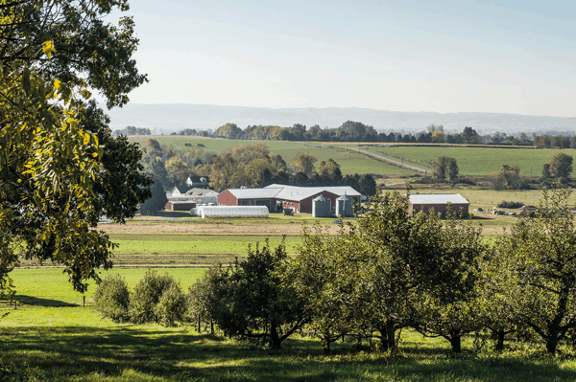
For over 70 years, Rodale Institute has been researching the benefits of regenerative organic agriculture. From the beginning, our mission has been to support healthy soil that grows healthy food, feeding healthy people.
Results from Rodale Institute’s Farming Systems Trial, a 40-year side-by-side comparison of organic and conventional grain cropping systems, has shown conclusively that organic systems are not only comparable to conventional systems in terms of yields, but can yield up to 40 percent higher in years of inclement weather like drought. Organic systems also use 45 percent less energy, reducing carbon emissions.
We started this research in 1981, long before a world-wide pandemic upended our society. The wholesale benefits of a regenerative organic food system were true then and are even truer now. Consumers clearly understand that organic food is healthier, as organic grocery sales and CSA memberships have skyrocketed since the pandemic took hold.
Let us agree—we cannot forget the critical role our food plays in protecting our health. Though the everyday threat of COVID-19 will eventually be a memory, the decisions we make about our food will always affect us. Take the first steps to protect your health now. You won’t regret it.
Case Study: Making a Difference with Cascara By Brian Zapp, Creative Director, Applied Food Sciences
We like to subscribe to the notion of “show me, don’t tell me.” So here is one of our tangible projects by Applied Food Sciences in which we address social responsibility, sustainability, and regenerative agriculture through one of the most commoditized ingredients in the world, coffee.The importance of cascara coffee fruit It is difficult to comprehend the labor involved with growing coffee. Unlike many other commercially farmed crops, most coffee is picked by hand and combed through numerous times by human hands. It is tough to imagine a fair world where something so seemingly affordable and abundant is also so labor-intensive.
But there is more to coffee. Surrounding every coffee bean is a sweet coffee fruit known as cascara. While its earthy, yet sweet flavor is original and on-trend, cascara’s true beauty is potentially returning the value of an otherwise unused product to the hands of the farmers. What if we could bring value back to the more than 22 million tons of wasted coffee fruit each year? What if we could provide additional revenue that could end up back in the hands of the coffee-growing communities? That is the importance of cascara.
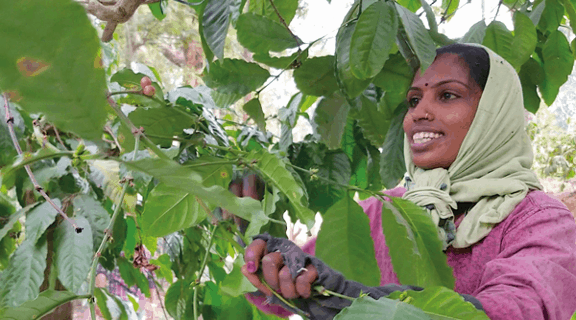
What happens to all of the coffee fruit? Processing usually occurs at the farm, where we pulp coffee cherries to separate the bean. While the bean moves on, most of the fruit ends up discarded, where it causes further problems.
- Decaying fruit ferments and releases harmful greenhouse gases.
- Wasted fruit decomposes into waterways and fields, potentially leaching mycotoxins into the soil and drinking water.
- Rotting fruit is difficult to dispose of appropriately and can attract pests.
- Providing additional revenue for farmers—AFS pays coffee farmers more for the fruit rather than only purchasing the beans.
- Providing more jobs—Processing cascara in a certified facility creates additional opportunities at higher levels of manufacturing.
- Providing nutrition—Cascara delivers a new source of antioxidants, phytonutrients, and fiber, along with on-trend flavor and sweetness.
- Mitigating contaminants—CoffeeNectar is a standardized extract void of microbial pathogens that can be present in other cascara concentrates.

